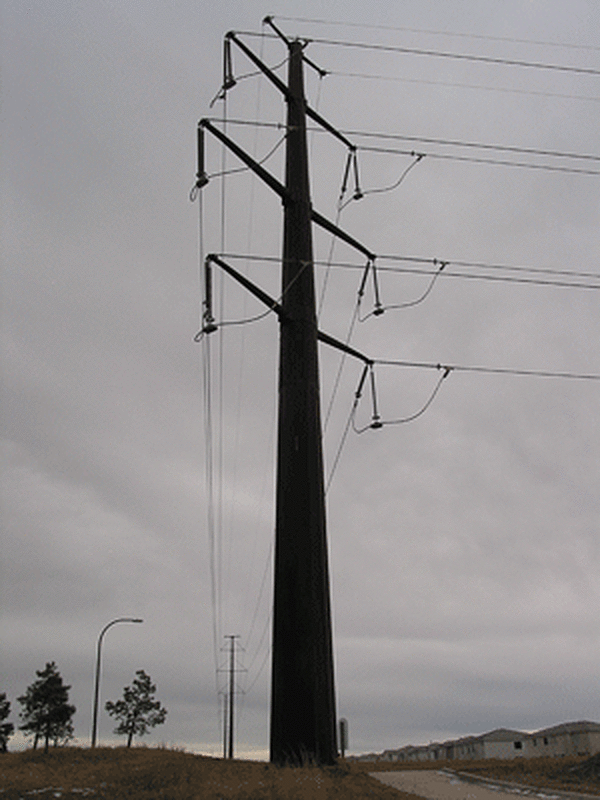In Extreme Temperatures

Galvanized coatings perform well under extreme cold and hot temperatures. Studies done on the effect of low-temperature environments on hot-dip galvanized (HDG) steel indicate the minimal change in the behavior of the galvanized coating. In fact, HDG coatings do not show any significant differences in corrosion rate in temperatures below -40 F. Some polar installations have used galvanized steel for corrosion protection and have been in service for many years. As with any steel at very low temperatures, the material becomes brittle with extended use. Low-temperature climates are an appropriate use for hot-dip galvanized steel.
In long-term, continuous exposure, the recommended maximum temperature is 392 F (200 C). Continuous exposure to temperatures above this can cause the outer free zinc layer to peel from the underlying zinc-iron alloy layer. However, the remaining zinc-iron alloy layer will provide good corrosion resistance and will continue to protect the steel for many years, depending upon its thickness. At temperatures ranging from 390 F (200 C) to 480 F (250 C), the zinc-iron alloy layers will continue to protect the steel from corrosion. High temperatures above 480 F (250 C) will accelerate peeling and continued exposure can result in the zinc-iron alloy layers cracking and separating from the steel. Temperature applications of hot-dip galvanized steel above 480 F (250 C) are not recommended.
When considering short-term usage, that is, periods of less than two hours at a time or onetime temperature excursions for less than twenty-four hours, the recommended maximum service temperature for galvanized steel is approximately 660 F (350 C).
